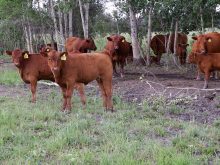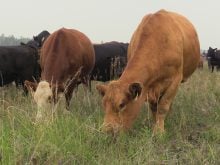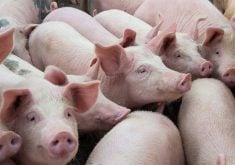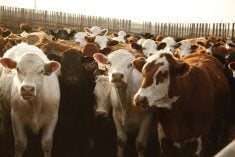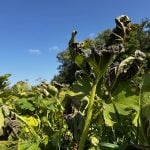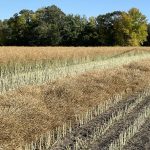The amount of compensation paid to producers if their animals are ordered destroyed for disease control has increased for everything from guinea pigs to cattle and bison, but decreased for most of the poultry industry.
For registered purebred cattle, or male elk and deer, the cap has increased to $8,000, up from $2,500 in an effort to reflect the market value of animals.
The increase is also designed to encourage producers to report any possible disease outbreaks, said Carolyn Inch, national manager of disease control in the animal health division of the Canadian Food Inspection Agency.
Read Also
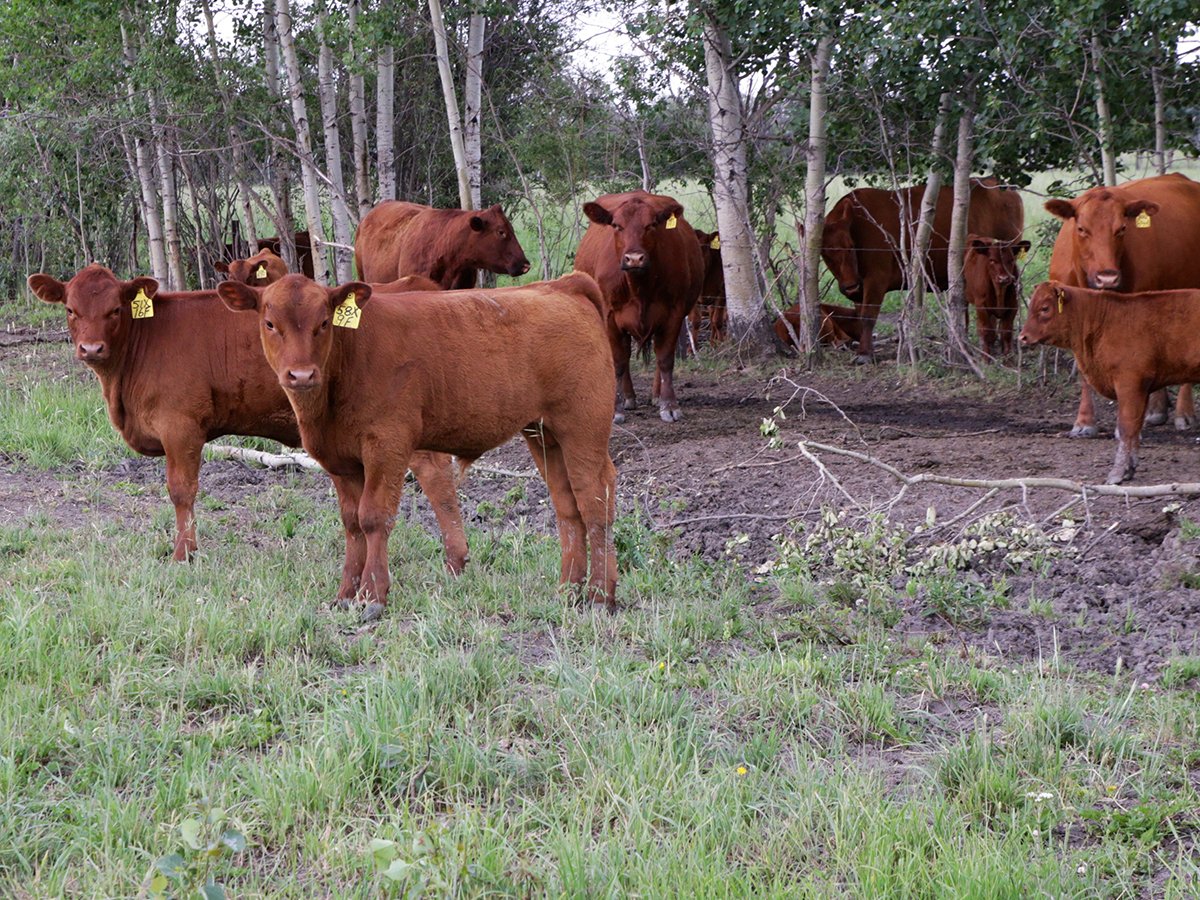
Feeder market continues the climb
For the week ending Aug. 30, Western Canadian feeder cattle markets traded $4-8 per hundredweight higher on average.
“In case of an outbreak, there may be some concerns if they were going to be given anything,” said Inch.
The increase is welcome, but comes too late for Mel McCrae, whose herd of purebred Black Angus cattle was destroyed in 2003 with the discovery of BSE in a northern Alberta cow. The cow was traced back to McCrae’s farm in Baldwinton, Sask.
His herd of 247 cows, calves and bulls was destroyed and later tested negative for the brain wasting disease.
When McCrae’s purebred herd was put down, the maximum amount he could receive was $2,500 per animal. McCrae wasn’t involved in the negotiations.
He provided a list of the animals and their age to CFIA. Bob Prestage, a purebred cattle producer from Camrose, Alta., negotiated each animal’s value with a CFIA official.
“It was a long time coming. At least $8,000 for a bull is getting a little closer,” said McCrae.
“It’s got to get more realistic. A lot of better end bulls sell for $5,000 to $8,000 at ordinary sales. Taking cows at market value isn’t fair.”
Bob Burdon of Serecon in Edmonton said the poultry industry was disappointed with the new rates, which cut compensation for most poultry except turkey. Compensation fell to $8 from $30 for broilers and to $6 for layers. Broiler breeder bird compensation was decreased to $24 per bird from $30.
“CFIA continues to claim we’re asking for profit that we would accrue over a period of time. The industry is strictly looking for fixed costs that they are going to incur whether or not there are birds in the barn,” said Burdon.
Unlike cattle, birds can’t quickly be replaced at a local auction and the barns must stay empty until the next cycle of birds comes available.
If an avian influenza outbreak occurs and the birds are ordered destroyed during the middle of a growing or laying cycle, the barns can be empty for four or five months.
“With the poultry industry, there are segments that are not convinced this is the right thing to do,” said Burdon.
The cap was first introduced in 1992 and since then there have been periodic updates. The latest was in 2000. Inch said the next increase will likely be in another eight years.


